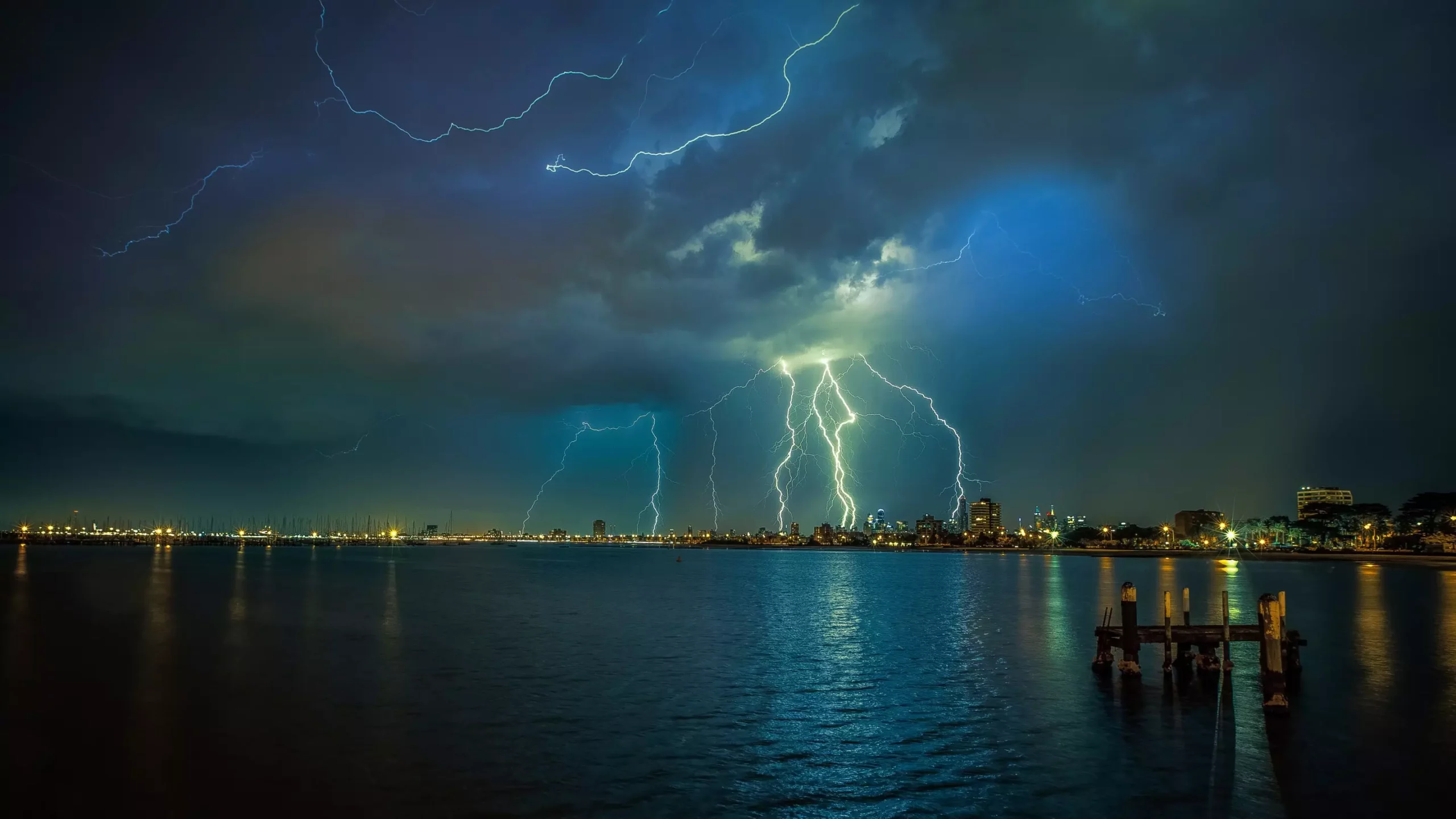The relationship between air pollution and weather patterns, particularly thunderstorms, is a growing concern in environmental studies. A recent investigation conducted by researchers from James Madison University provides critical insights into how urban pollutants exacerbate the severity of summertime storms. The findings, articulated by geography professor Mace Bentley, highlight the role of pollution as a catalyst for increased electrical activity within storm clouds, leading to a greater incidence of lightning.
This in-depth study spanned three years and scrutinized approximately 200,000 thunderstorms in Washington, D.C., alongside more than 300,000 in Kansas City. By utilizing extensive lightning data from the National Lightning Detection Network over twelve years, along with information from numerous air quality monitoring stations, the researchers constructed a comprehensive picture of how pollution influences storm dynamics. Their work illustrates that heightened levels of pollution are linked to increased cloud-to-ground lightning strikes, particularly under atmospherically unstable conditions.
Professor Bentley explains the science underlying the relationship between pollution and thunderstorm intensity. Pollution particles serve as cloud condensation nuclei, allowing them to be drawn into storm clouds. Through the storm’s updraft and downdraft processes, these particles become separated, which leads to an uneven distribution of electrical charges. The result is an increase in lightning activity, making thunderstorms not only more potent but potentially more dangerous. This mechanism reveals that air pollution extends its effects beyond mere air quality issues, possessing the power to alter weather patterns significantly.
The implications of Bentley’s research stretch beyond the United States. Currently, he is exploring the relationship between pollution and thunderstorms in Bangkok, a megacity characterized by exceedingly high pollution levels. Preliminary findings indicate even higher rates of lightning in storms within this urban environment compared to those observed in D.C. and Kansas City. This suggests a worrying global trend: urban pollution acts as a universal amplifier for thunderstorms, regardless of geographical location.
As air pollution continues to rise, understanding its connection to severe weather phenomena becomes increasingly urgent. The evidence collected not only illuminates the complex interaction between human activity and natural processes but also underscores the necessity for actionable changes in environmental policy. Mitigating pollution could potentially alleviate the enhanced storm activity we are witnessing, offering both immediate benefits in terms of safety and long-term advantages for climate stability. The interplay between urban pollution and meteorological events calls for heightened awareness and proactive measures from legislators, city planners, and citizens alike.


Leave a Reply